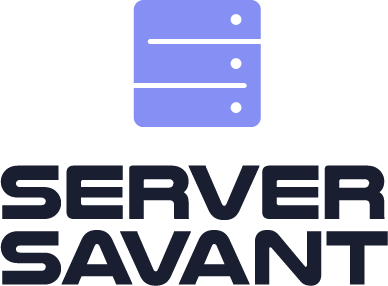Accurate financial forecasting is crucial for informed business decision-making. This comprehensive guide explores the tools, techniques, and best practices for creating reliable financial forecasts in today’s dynamic business environment.
Understanding Financial Forecasting
Core Components
Essential elements include:
- Revenue projections
- Cost estimates
- Cash flow forecasts
- Capital requirements
- Profitability analysis
Forecasting Purposes
Key applications:
- Strategic planning
- Budgeting
- Investment decisions
- Resource allocation
- Risk management
Fundamental Forecasting Tools
Statistical Methods
Common approaches:
- Time series analysis
- Regression modeling
- Moving averages
- Trend analysis
- Seasonal adjustments
Financial Models
Essential tools:
- Pro forma statements
- Cash flow models
- Budget templates
- Scenario analysis
- Sensitivity testing
Advanced Forecasting Techniques
Predictive Analytics
Leverage:
- Machine learning
- Data mining
- Pattern recognition
- Artificial intelligence
- Behavioral analysis
Market Intelligence
Incorporate:
- Industry trends
- Competitive analysis
- Economic indicators
- Market research
- Customer behavior
Data Management
Data Quality
Ensure:
- Accuracy
- Completeness
- Consistency
- Timeliness
- Relevance
Data Integration
Combine:
- Historical data
- Market information
- Internal metrics
- External factors
- Industry benchmarks
Revenue Forecasting
Sales Projection
Consider:
- Historical trends
- Market conditions
- Sales pipeline
- Customer behavior
- Pricing strategy
Growth Analysis
Evaluate:
- Market potential
- Expansion plans
- Product development
- Competition
- Economic factors
Cost Forecasting
Fixed Costs
Project:
- Overhead expenses
- Facility costs
- Equipment leases
- Insurance
- Core staffing
Variable Costs
Estimate:
- Direct materials
- Labor costs
- Commission
- Production expenses
- Service delivery
Cash Flow Projections
Working Capital
Monitor:
- Accounts receivable
- Accounts payable
- Inventory levels
- Credit terms
- Payment cycles
Capital Requirements
Plan for:
- Equipment needs
- Expansion costs
- Maintenance
- Technology updates
- Market investments
Risk Assessment
Sensitivity Analysis
Test:
- Key variables
- Market scenarios
- Cost fluctuations
- Revenue impacts
- Economic changes
Contingency Planning
Prepare for:
- Market changes
- Cost increases
- Revenue shortfalls
- Resource constraints
- External shocks
Implementation Framework
Process Integration
Establish:
- Regular reviews
- Update cycles
- Responsibility assignment
- Communication flows
- Performance tracking
Technology Support
Utilize:
- Forecasting software
- Analytics tools
- Reporting systems
- Collaboration platforms
- Data visualization
Best Practices
Accuracy Enhancement
Focus on:
- Regular updates
- Data validation
- Assumption testing
- Expert input
- Performance tracking
Process Improvement
Implement:
- Learning cycles
- Method refinement
- Tool optimization
- Skill development
- Knowledge sharing
Communication and Reporting
Stakeholder Updates
Provide:
- Regular reports
- Performance metrics
- Variance analysis
- Trend information
- Action recommendations
Decision Support
Enable:
- Strategic planning
- Resource allocation
- Investment decisions
- Risk management
- Performance optimization
Conclusion
Effective financial forecasting combines robust tools and techniques with sound judgment and regular refinement. Success comes from balancing quantitative analysis with qualitative insights while maintaining flexibility to adapt to changing conditions.
Remember that forecasting is an ongoing process that requires regular reviews and adjustment to maintain accuracy and relevance for decision-making.
asdfasd
